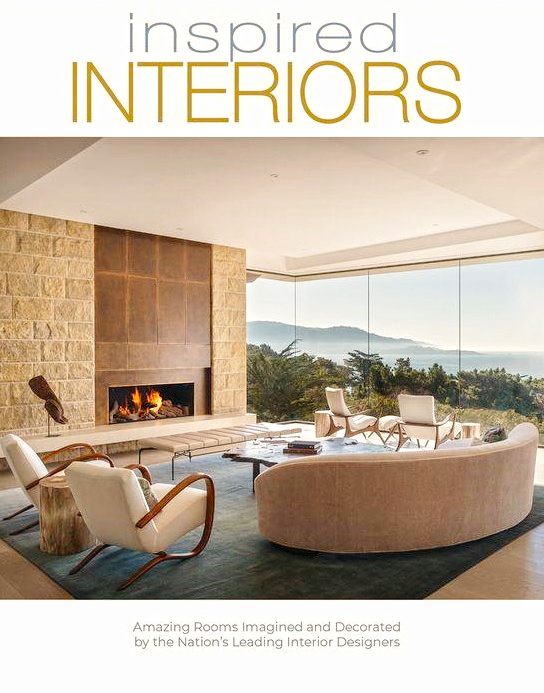INTRICATE DETAILS: THE ACANTHUS LEAF
/When it comes to featuring the must-haves in a room, I eagerly anticipate the opportunity to make a grand gesture with subtle and, at times, daring intricate details. Each little a-ha moment where I see a place to fill a void and help pull a room together is magical. However, when it came to designing and styling my dining room, I needed a unique motif to serve as the room's focal point.
I chose to incorporate the acanthus leaf. Wondering why? It adds elegance, enhances, creates a significant wow factor, and creates a rhythmic vibe, stealing my heart and becoming the focal point in the room.
Are you familiar with the acanthus leaf? If not, it is stylized and prickly. It is large and Mediterranean in style, commonly used in Greek architecture, as seen in the Corinthian columns. However, it became a prominent feature in European furniture styles since the Renaissance. Moreover, it is popular in British and American furniture, particularly with Queen Anne, Rococo, and Regency styles, characterized by cabriole legs.
Even in modern times, the acanthus leaf continues to make a stylish impression, complementing decorative objects, furniture, wallpaper, textiles, and more. Moreover, incorporating intricate details into a room requires careful planning and conceptualization. However, when it comes to styling, it is ALWAYS about the look, feel, and function of the space.
Tag along as I break down how my dining room became one of the most beautiful and dominant rooms in the house. Especially the table base, which features a carved acanthus leaf, and the most striking element, the acanthus leaves stenciled on the interior walls, which creates a rhythmic flow throughout the dining room.
Below, see a snippet of the bold and statement-making area rug infused with vibrant orange and yellow, with hints of white. Make sure to stay tuned for the completed space!
Credit: Photos by Kimberly C. Lyons are the sole property of KCL-IDESIGN, LLC®.
DO NOT USE PHOTOS WITHOUT PERMISSION

































